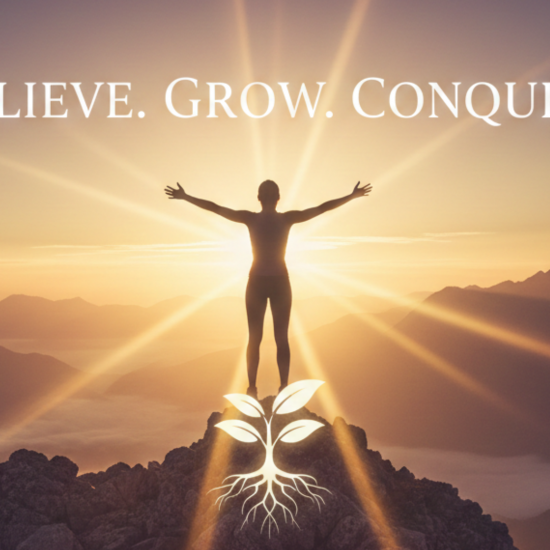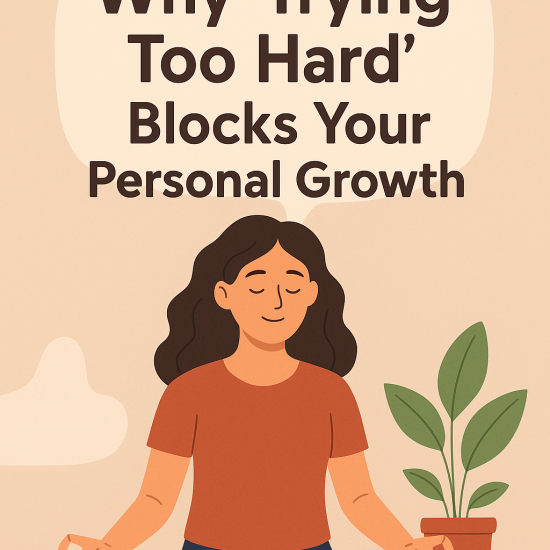Life has a way of testing us sometimes in small, manageable ways, and other times with challenges that knock the wind out of us. In these moments, two qualities matter more than any others: personal growth and emotional resilience.
They work together like the roots and branches of a treeresilience keeps you grounded in storms, while growth helps you reach toward the sunlight. Without one, the other struggles to thrive.
The beauty of this combination? You don’t need a complete life overhaul to develop them. You can strengthen your inner self with simple, consistent practices that make life-improving changes possible.
Why Emotional Resilience Is the Core of Personal Growth
Resilience is the ability to bounce back after adversity, adapt to change, and keep moving forward even when the path is rocky. Without it, personal growth stalls because fear, frustration, and doubt can keep you from trying again.
Think of emotional resilience as:
- A shock absorber: It softens life’s blows.
- A mental anchor: It keeps you steady in uncertainty.
- A growth engine: It turns setbacks into opportunities for learning.
When you respond to challenges with resilience, you transform hardships into stepping stones for a richer, more life improving journey.
How Personal Growth and Resilience Fuel Each Other
- Resilience feeds growth: Each time you recover from a setback, you gain skills, insights, and confidence.
- Growth strengthens resilience: As you develop new perspectives and coping strategies, you handle future challenges more effectively.
This creates a feedback loop where challenges aren’t just obstacles they become training grounds for your best self.
1. Reframe Challenges as Opportunities
One hallmark of resilient people is their ability to see beyond the immediate problem. They ask, “What can I learn from this?” rather than “Why is this happening to me?”
Try this:
- Write down a recent difficulty.
- List at least two possible lessons it could offer.
- Identify one action you can take to apply those lessons.
Shifting your perspective this way turns life’s rough patches into life improving growth moments.
2. Practice Emotional Regulation
Clear thinking under pressure is a cornerstone of both personal growth and resilience. The calmer you are, the better your decisions will be.
Simple techniques:
- Box breathing: Inhale for 4 counts, hold for 4, exhale for 4, hold for 4. Repeat.
- Grounding exercise: Name 5 things you see, 4 things you feel, 3 things you hear, 2 things you smell, and 1 thing you taste.
These methods help you manage emotions instead of letting them run the show.
3. Build a “Resilience Mindset”
Resilient people believe challenges are temporary, not permanent; specific, not universal; and changeable, not fixed.
How to adopt this mindset:
- Use empowering language (“I’m learning” instead of “I’m failing”).
- Focus on what you can control, not what you can’t.
- Treat setbacks as experiments instead of verdicts on your ability.
This mental shift fuels life improving growth over time.
4. Develop a Strong Support System
Personal growth and resilience don’t happen in isolation. Even the most self-reliant people benefit from having a network of supportive friends, mentors, or communities.
Action steps:
- Nurture relationships with people who encourage and challenge you.
- Ask for help without guilt it’s a sign of strength, not weakness.
- Offer support to others, which reinforces your own coping skills.
5. Commit to Lifelong Learning
Every new skill, perspective, or piece of knowledge you acquire becomes a tool for navigating challenges.
Ideas to keep learning alive:
- Read books outside your usual interests.
- Take short online courses on problem-solving or emotional intelligence.
- Seek feedback in your personal and professional life.
The more you learn, the more resilient and adaptable you become.
6. Take Care of Your Physical Health
Your emotional resilience is directly tied to your physical state. Poor sleep, bad nutrition, and lack of movement can magnify stress.
Small but powerful habits:
- Prioritize 7–8 hours of sleep.
- Choose whole, nutrient-rich foods most of the time.
- Move daily—even a short walk counts.
Physical energy fuels mental clarity, making life improving changes much easier to sustain.
7. Celebrate Progress, Not Just End Goals
A resilient mindset recognizes that growth isn’t always about huge leaps it’s about small, steady steps.
Keep a “victory log” where you write down daily or weekly wins, no matter how minor they seem. Over time, you’ll see proof that you’re moving forward, even in challenging seasons.
Personal growth and emotional resilience are not separate paths they’re two sides of the same coin. When you build one, you naturally strengthen the other. Together, they help you bounce back from life’s challenges, think clearly under pressure, and turn obstacles into opportunities.
Life will always have its storms, but with resilience as your anchor and growth as your compass, you can navigate them with strength and purpose, making every setback a chance for a more life-improving future.





